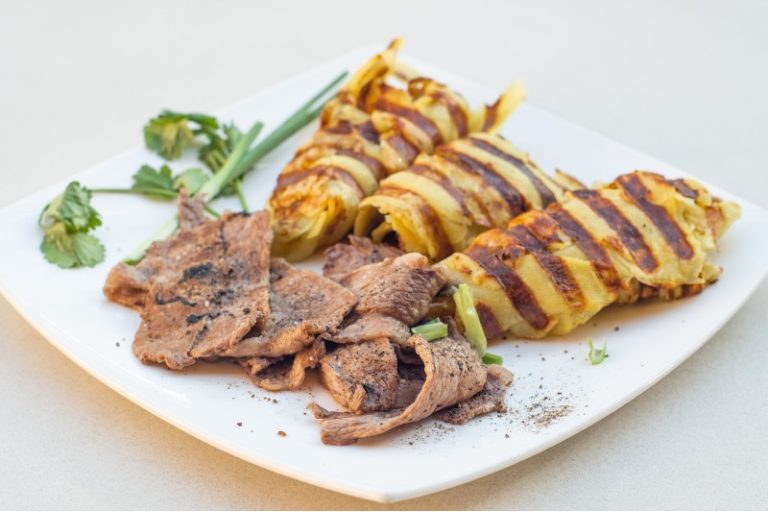Growing My Own Flower Bouquet from Seed and Neglect
When we finally open our own high street shop {bear with me} we are committed to selling only British flowers and herbs, as well as artisan food. As the cost of buying fresh flowers and herbs gets higher and higher, however, I am firmly in the belief that anybody can grow their own bouquet from the tiniest of gardens, balconies, pots or allotments.
When I arrived at Bincknoll House seven years ago the garden was overgrown with weeds and grasses, you could not see where the garden ended and the surrounding farmland and woods began.
We set about with scythes, saws and secateurs to reclaim our homestead from marauding nettles and insurgent thistles. We still have the scars and scratches to prove it.
We have never really sprayed weeds here because there is no point: they just grow back again with ever greater vigour, in this rich Wiltshire farmland that faces south towards the Marlborough Downs. Biodiversity and neglect win hands-down in our book.
So we decided to garden with nature, let her take over in some parts of the garden, but keep the perimeter nearest the house sacrosanct for growing herbs for the kitchen and cut flowers for the rest of the house.
I buy seeds from Kings because they germinate better than any others, and with just a few pounds in the spring I can grow profusions of cut flowers with no effort at all. Weeds, wild flowers and herbs all add colour, fragrance, lightness and texture to the mix. I get bulbs from Peter Nyssen and I plant them mainly in pots, so that when the leaves die down I can just move them out of view.
My favourite flowers and herbs for cutting at this time of year include aquilegias, peonies, sage, lovage, late flower narcissi, lilac, bluebells and even white nettles.
Weeds are pulled out of the earth by hand after the rains, so that they come out easily, root and all. We eat many of them, in risotto and salads.
As my Mamma, a great gardener, taught me, I cut flowers and herbs either at dawn or dusk, immerse them up to their necks in a big bucket of cold water and arrange them in vintage vases round rooms in the house where they are not in direct sunlight or near heat. I change their water every day, and cut an inch or so from the stems to make them last longer. As soon as they start looking weary I compost them: and it is that same compost that goes to feed the soil for next year.
After seven years of benign neglect and the pursuit of the wondrous wild and woolly look, we have lots of self-seeded volunteers, as well as lots of butterflies, bees, moths, dragonflies, bats and frogs. Mother Nature. If left to her own devices she’ll do a far better job than us.

